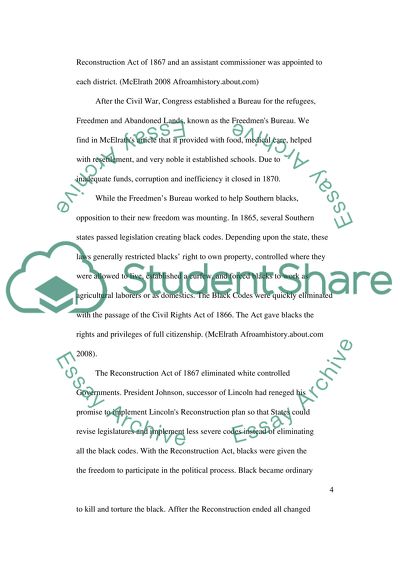Cite this document
(“Civil Rights Act Essay Example | Topics and Well Written Essays - 2250 words”, n.d.)
Civil Rights Act Essay Example | Topics and Well Written Essays - 2250 words. Retrieved from https://studentshare.org/law/1505108-civil-rights-act
Civil Rights Act Essay Example | Topics and Well Written Essays - 2250 words. Retrieved from https://studentshare.org/law/1505108-civil-rights-act
(Civil Rights Act Essay Example | Topics and Well Written Essays - 2250 Words)
Civil Rights Act Essay Example | Topics and Well Written Essays - 2250 Words. https://studentshare.org/law/1505108-civil-rights-act.
Civil Rights Act Essay Example | Topics and Well Written Essays - 2250 Words. https://studentshare.org/law/1505108-civil-rights-act.
“Civil Rights Act Essay Example | Topics and Well Written Essays - 2250 Words”, n.d. https://studentshare.org/law/1505108-civil-rights-act.


